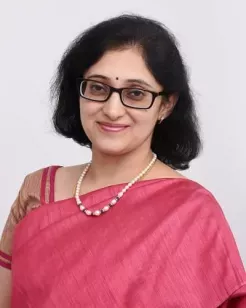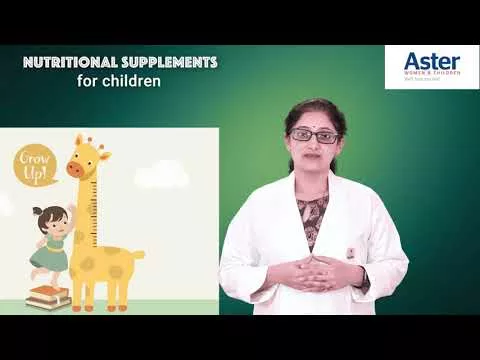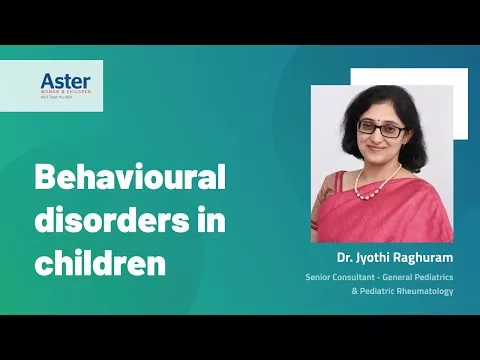This video provides insights into learning disabilities in children, explaining what they are, how they manifest, and the importance of early identification. Dr. Jyothi Raghuram, Senior Consultant - Pediatrics at Aster Women and Children's Hospital, emphasizes that learning disabilities are not easily noticeable and often go undetected until the child faces academic challenges.
Types of Learning Disabilities
There are two main categories of learning disabilities: verbal and nonverbal. Verbal learning disabilities include dyslexia (difficulty with reading), dyscalculia (difficulty with math), and dysgraphia (difficulty with writing). Nonverbal learning disabilities involve challenges in understanding nonverbal cues, poor coordination, and clumsiness.
Signs and Symptoms
Dr. Jyothi highlights several signs that may indicate a potential learning disability, such as below-average school performance, difficulty with reading, writing, or math, and challenges with social interactions or motor skills. She emphasizes the importance of observing a child's overall development and behavior to identify any red flags.
Seeking Professional Help
Dr. Jyothi encourages parents to consult a pediatrician if they suspect their child may have a learning disability. A pediatrician can rule out other underlying medical conditions and provide guidance on further evaluation. Seek the expertise of a child psychologist and a remedial educator for comprehensive assessment and intervention.
Aster Women and Children's Hospital offers a team of specialists to address these issues, providing hope and guidance to parents and caregivers.










